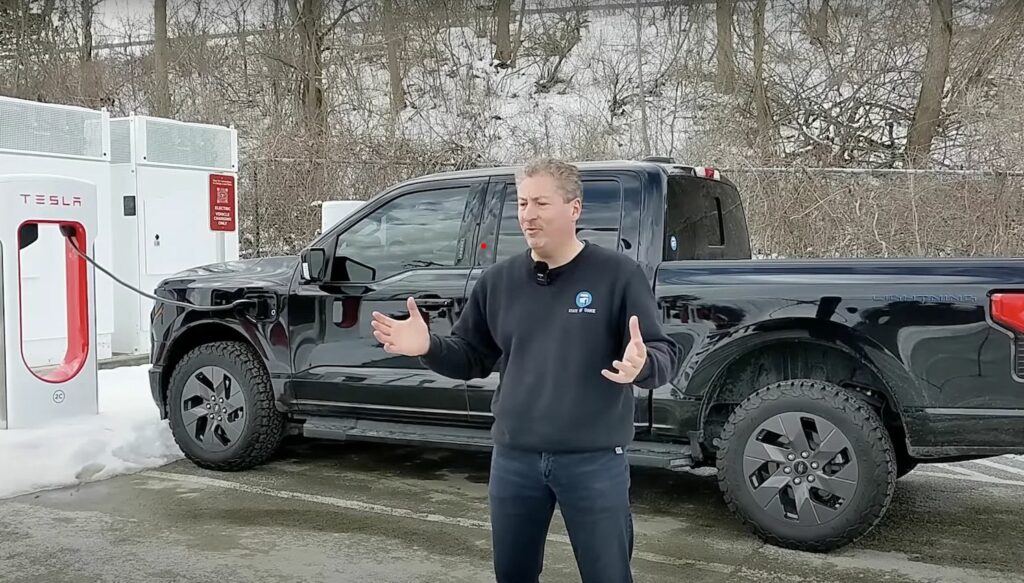TL;DR
Will there be a North America Charging Standard (NACS) takeover of the Combined Charging System (CCS)? Let’s call it a transition. On Wednesday, September 27, 2023, the California Energy Commission (CEC) published a white paper outlining their proposed roadmap for a transition from CCS1 to NACS in North America (NA).
Ever since Ford made the bombshell announcement last May that it would support the NACS, it seemed as though other manufacturers were falling over themselves to support the standard formerly known as Tesla’s Proprietary Plug. At last count, no fewer than 12 manufacturers are planning to support the NACS, and more are considering it. It also appears that Tesla is readying its network for its competitors.
Yet many industry watchers, myself included, wonder aloud exactly how this will happen. The CEC’s white paper is the first document from a regulatory body that tries to answer that question. So, let’s dive in.
The Nitty Gritty Details of a NACS Takeover of the Combined Charging System
After reading Ford’s initial announcement about NACS –and picking my jaw up off the floor– my thoughts raced to, “Is Ford really going to allow a competitor to control their customer’s charging experience?” There could only be one answer, and that is no. Nor was any other manufacturer. But the details of how (and when) “other” EVs would be charging at their local Supercharger were missing from any public dialogue. How could a typical F-150 Lightning driver pull into a Supercharger and be confident that they could charge, in case Ford’s CEO may have gotten into a Twitter (excuse me X) spat with Elon Musk? That hypothetical isn’t as far-fetched as it may sound, as Elon has taken an on-again, off-again approach when it comes to delivering data via Starlink to support Ukraine.
To answer this and other questions, Charged EV’s John Volecker talked to industry execs, and no one was willing to go on the record regarding the state of CCS networks. Only a few were willing to discuss details about the transition to NACS. The one quote that (to me) summarized the entire four-part series came from an unnamed source who said the “announcement caught us off guard” and that the details were still unknown to the engineers tasked with implementing the work.
In a mere 559 words, the CEC’s white paper lays the foundation for public dialogue.
According to the CEC’s telling, the NACS will cease to be at some unspecified future date, and a new standard known as SAE J3400 will be born. It also specifies that in the interim years, there will be adapters, so no one should feel locked out. My view is that this will be messy but worth it.
When discussing the CEC white paper, a knowledgeable friend asked, “But what has really changed?” I had to confess not much, but at the same time, everything. The difference is in the nuance.
The CCS standard has gone through a somewhat tortuous path to get where we are today, and in my view, this is one reason why the CCS network (at least in North America) isn’t as user-friendly as it could be. The Wikipedia page on the standard talks about CCS 1.0 evolving into 2.0 and 3.0. Within that is the IEC 61851, which describes the communication protocols and, per its Wikipedia page, is still evolving.
To date, Tesla hasn’t had to deal with any of this evolution (at least in NA) because it has its own standard and controls the entire ecosystem from car to network. So why go through the pain of bringing the competition to their Supercharger network? It’s an open secret that Tesla’s decision is self-serving (not a criticism) to get access to NEVI funding.
The white paper is only one page and is easy to read and understand. There is no mention of IEC 61851, the beating heart of CCS, in the white paper. Instead, it references DIN 70131 for DC charging and ISO 15118 for communication. Which I find fascinating, but I shouldn’t go down that rabbit hole here.
What does all this mean for Tesla and the migration from the NACS to the J3400? Well, the J3400 will start with NACS as-is, but then (per the white paper) DIN 70121 and ISO 15118 will be added to it. And within all that, Tesla is going to demand that current cars be backward compatible.
I expect this to be a messy transition that will include the CCS and J3400 living side-by-side with adapters until we get to a place where everything is J3400. That isn’t my take (well, the messy part is), but the timeline for those events is laid out in the white paper. As is the need of adapters. Note that the white paper doesn’t define a date; they just mention 202x and 202y as transition dates.
All this assumes that Tesla will play ball with their NACS while it transitions to the J3400. It is entirely possible (but I think improbable) that Tesla will decide the disruption to their product isn’t worth the NEVI funds.

A Ford F-150 Lightning chargers at a Tesla Supercharger using the “Magic Dock” adapter. Tesla had already opened up its Supercharger network by way of an adapter at select locations. Tom demonstrates that the charge port location isn’t ideal for many vehicles, but with the recent announcement that Ford will adopt the NACS standard plug starting in 2025, the charge port location is suspected to change. If the CEC’s vision of the future is realized, such adapters will be available for purchase from 3rd party vendors. Photo credit: Tom Moloughney
An Eye Toward the Goal
When the transition is “complete”, DC fast-charging networks will be on a level playing field. Electrify America, EVgo, Tesla’s Superchargers, and all other networks will all use the same physical plug and J3400 standard. The Supercharger may still be superior to others, but it will no longer be simply because it controls the entire ecosystem from car to network. Rather, after 202y, the best charging network will be the one that adheres to the J3400 standard and does so while providing key customer satisfaction metrics:
- One-and-done plug-in
- The dispenser delivers the charge the car is requesting, up to the dispenser’s maximum
- A safe environment with amenities like restrooms, food, drink, and Wi-Fi.
If we can achieve this utopia, the future will truly be electric.








0 Comments